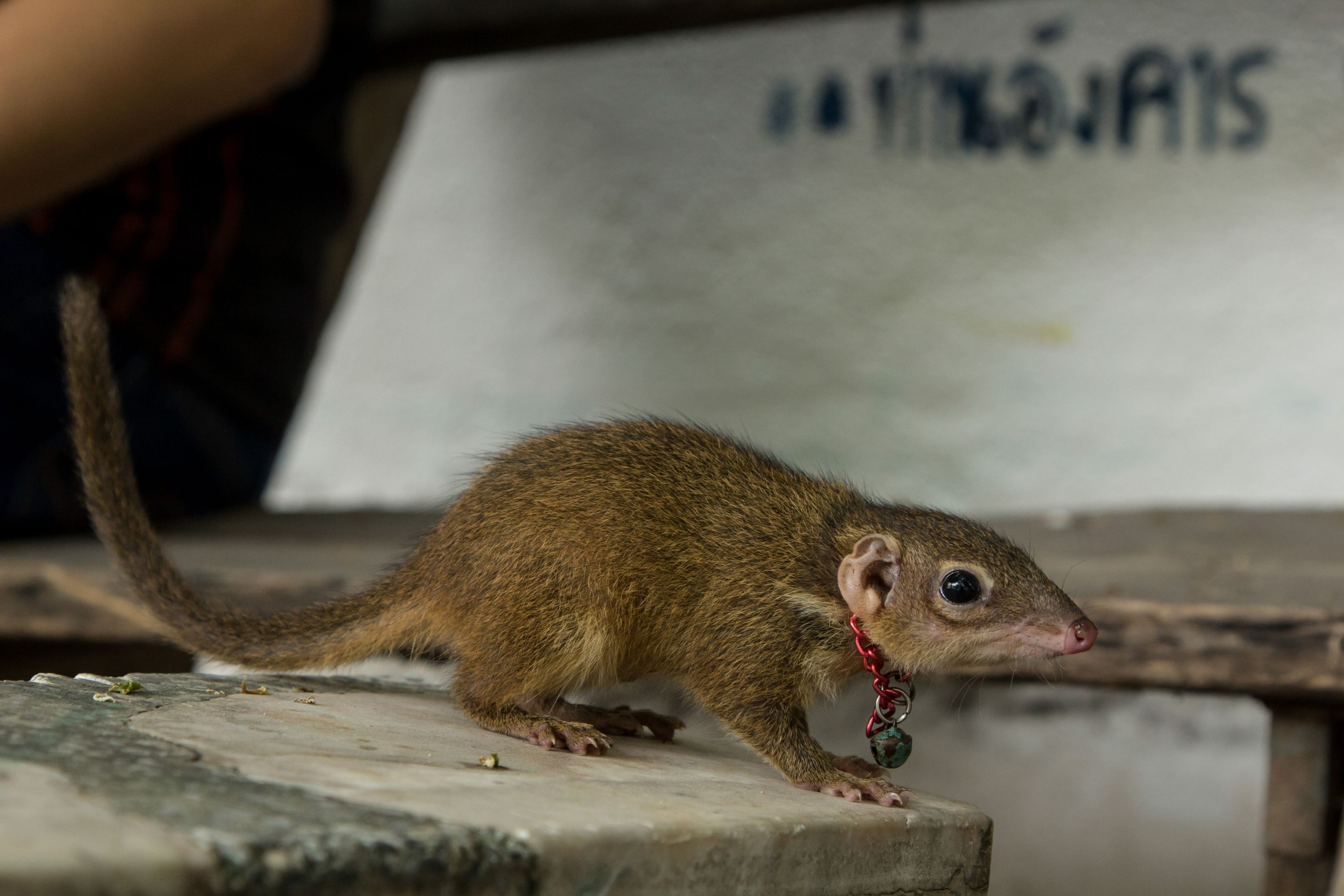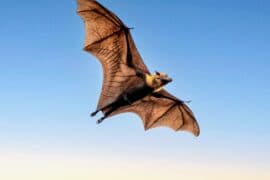Etruscan shrew
(Suncus etruscus)

Description
The Etruscan shrew (Suncus etruscus), also known as the Etruscan pygmy shrew or the white-toothed pygmy shrew, is the smallest known extant mammal by mass, weighing only about 1.8 g (0.063 oz) on average. (The bumblebee bat is regarded as the smallest mammal by skull size and body length.) The Etruscan shrew has a body length of about 4 cm (1.6 in) excluding the tail. It is characterized by very rapid movements and a fast metabolism, eating about 1.5–2 times its own body weight per day. It feeds on various small vertebrates and invertebrates, mostly insects, and can hunt individuals of the same size as itself. These shrews prefer warm and damp climates and are widely distributed in the belt between 10° and 30°N latitude stretching from Europe and North Africa up to Malaysia. They are also found in the Maltese islands, situated in the middle of the Mediterranean Sea. Although widespread and not threatened overall, they are generally uncommon and are endangered in some countries. The Etruscan shrew has a slender (not truncated) body, with a length between 3 and 5.2 cm (1.2 and 2.0 in) excluding the tail, which adds another 2.4 to 3.2 cm (0.94 to 1.26 in). The body mass varies between 1.3 g (0.046 oz) and 2.5 g (0.088 oz) and is usually about 1.8 g (0.063 oz). In comparison, the related greater white-toothed shrew can be twice as long and weighs four to five times more. The head is relatively large, with a long, mobile proboscis, and the hind limbs are relatively small. The ears are relatively large and protuberant. The Etruscan shrew has a very fast heart beating rate, up to 1511 beats/min (25 beats/s) and a relatively large heart muscle mass, 1.2% of body weight. The fur color on the back and sides is pale brown, but is light gray on the stomach. The fur becomes denser and thicker from fall through the winter. The Etruscan shrew inhabits a belt extending between 10° and 40°N latitude across Eurasia. In Southern Europe, it has been found in Albania, Bosnia and Herzegovina, Bulgaria, Croatia, Cyprus, France, North Macedonia, Malta, Montenegro, Greece, Italy, Portugal, Slovenia, Spain, and Turkey, with unconfirmed reports in Andorra, Gibraltar and Monaco; it has been introduced by humans to some European islands, such as Canary Islands.
Taxonomic tree:







